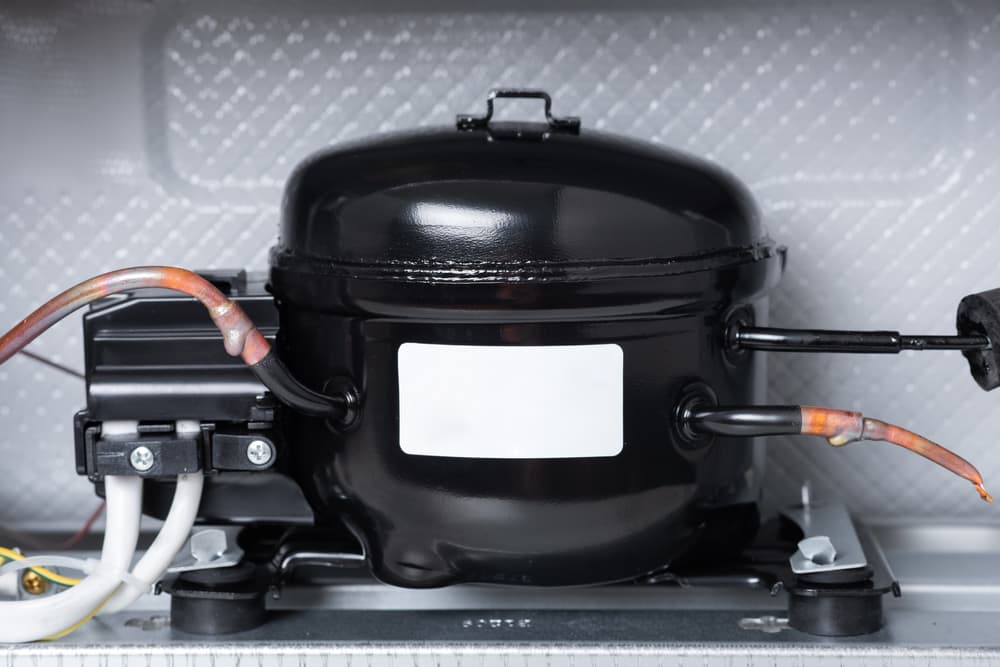
A freezer compressor draws in low-pressure refrigerant gas from inside the freezer then increases the temperature and pressure of the refrigerant to move it through the freezer. Because this heat transfer process is essential for maintaining proper temperatures for food safety, it is equally essential that freezer compressor troubleshooting is understood so problems can be identified and resolved quickly.
The following tips can help.
Common Compressor Problems
Remember, when freezer compressor troubleshooting, first turn off the power to the compressor. Where there is a plastic faceplate over the compressor tabs, remove it. Take a photo to identify orientation of components and connections before disconnecting anything.
Three issues are typical with many compressors. Here’s how to identify and address each:
Start relay or controller: When faced with a freezer compressor not starting, the compressor start relay (or controller) is often the culprit. Located on the side of the compressor, the controller energizes the start windings and typically contains overload protection. Relays can face upward or downward, with integrated or externally mounted compressor protection. A defective start relay results in a compressor that won’t start. Check the device for signs of overheating or arcing. If those signs are evident, replace the controller with the manufacturer’s approved part. For start relays with an integrated start capacitor, you can check the controller for continuity with a multimeter. With the meter set to MFD or uF, rub a 10,000 Ohm resistor across the start capacitor to remove residual voltage. With one multimeter probe on each terminal, a reading within 5% of the rating on the capacitor indicates it is functioning correctly. Readings outside that range indicate replacement. Always disconnect the power before initiating any repair.
Freezer thermostat or temperature control: A freezer compressor not turning on may also be due to a malfunctioning temperature control thermostat. A thermostat is the brain to the compressor’s heart, using a set of internal electrical contacts to control the flow of electricity to the compressor and determining the rate refrigerant is pumped through the system. Capillary tubes filled with gas are attached to the inside liner of the freezer and expand as the temperature increases. That expansion pushes on a diaphragm, engaging a set of contacts that operate the compressor. Corroded contacts or damaged tubes may inhibit the compressor’s ability to start. At that point, replacement is in order. Checking the temperature control thermostat for continuity using a multimeter is recommended.
Start capacitor: Connected to the start relay from the run tab to the start tab, start capacitors help energize the compressor start windings. Start capacitors are designed to store an electric charge and release it when the motor needs to start. A sign indicating the potential for a bad capacitor is when the compressor hums but does not start. Typically located on the side of the compressor with connections to the start relay and overload device, the start capacitor should be checked for signs of overheating or arcing. Overheating is most often the reason behind start capacitor failure. Start capacitors are not designed to dissipate heat. When a compressor runs for more than a few minutes an hour, capacitors may not have enough time to cool down. Testing of a start capacitor is best performed by a trained technician using specialized gear.
Buy With Confidence From Iron Mountain
At Iron Mountain Refrigeration, we pride ourselves on the sort of personal service that generates repeat customers. We sell the leading commercial freezer brands. We’ll answer all your questions, whether you’re looking for a new freezer, assorted parts, or one of our many high-quality replacement compressors, including:



















